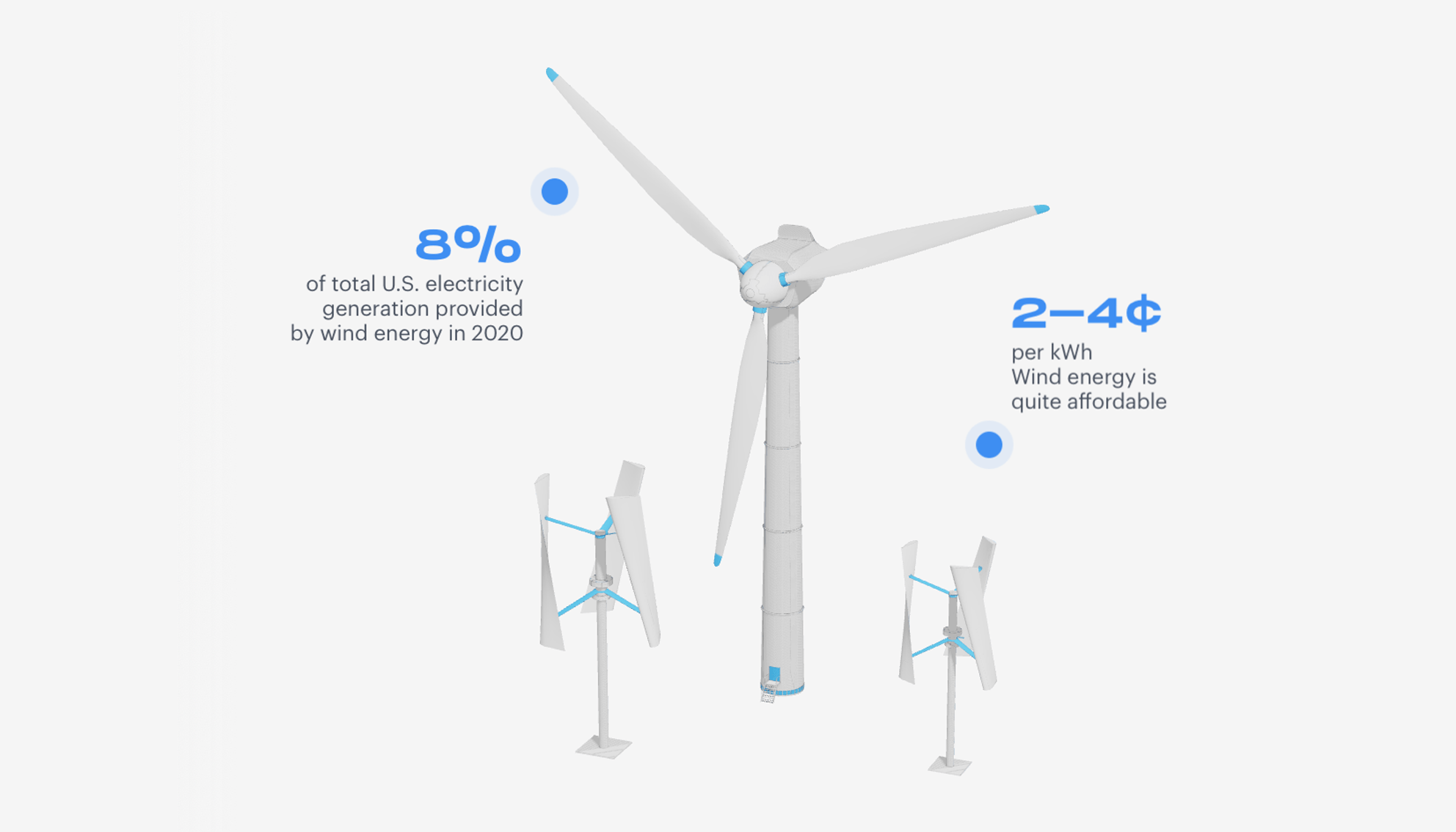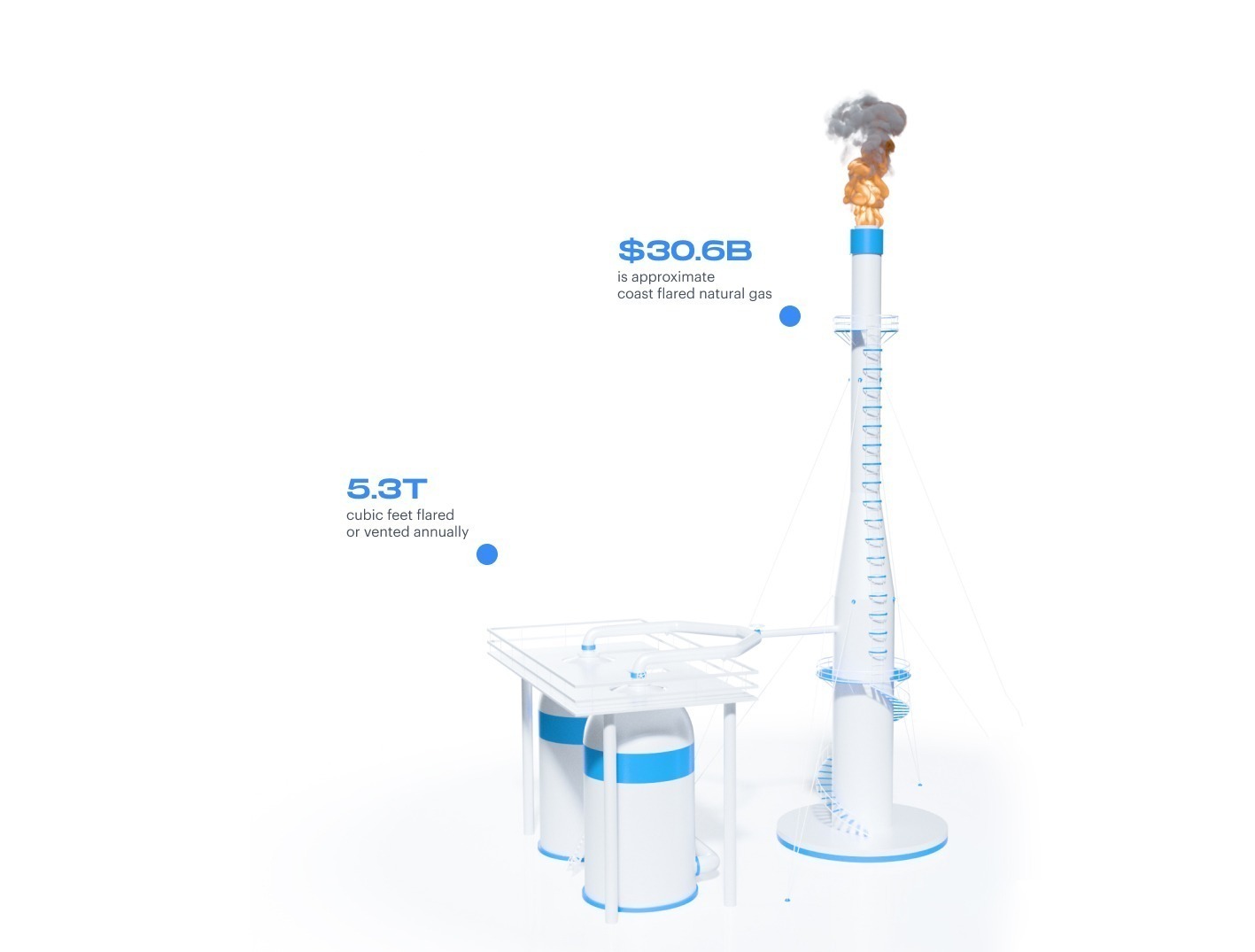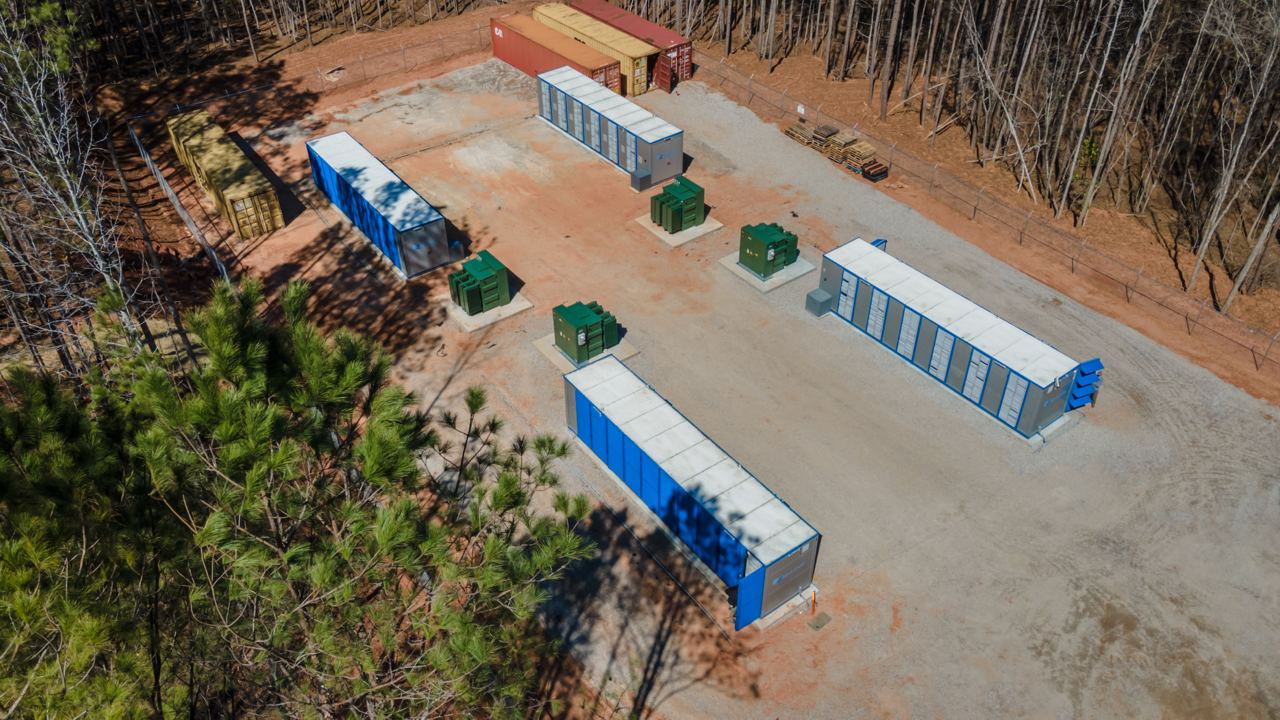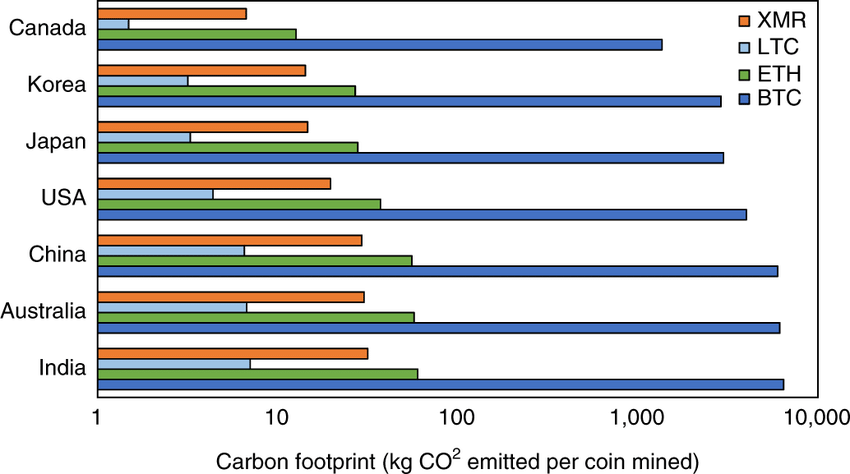Stay up to date with the latest news, announcements, and articles.
The energy consumption of cryptocurrencies, in general, is often compared to that of sovereign countries, labeling cryptocurrency a notorious climate culprit. Economists and environmental enthusiasts argue that there is a significant carbon footprint from an industry that benefits a small number.
As the world awakens to the effects of climate change, the cryptocurrency industry is facing heavy criticism, including total bans in some countries. Miners are now shifting to environmentally friendly cryptocurrency mining, but whether the green revolution will make cryptocurrency mining sustainable remains a topic for debate. So, is green cryptocurrency mining the solution?
This article addresses the environmental impacts of cryptocurrency mining activities and whether the green revolution will help achieve zero carbon emission crypto mining.
Bitcoin Thrives at the Expense of the Environment
At the time of writing, there were 19,653 crypto coins, according to Coinmarketcap statistics. With the estimated Bitcoin’s annual carbon footprint at between 22 and 22.9 million metric tons of carbon dioxide, the thought of the entire industry’s carbon (IV) oxide emission can be scary. Not that Bitcoin is the only crypto coin that strains the environment. It is difficult to point out any entirely green cryptocurrency coin, but the truth is that Bitcoin is one of the power-hungriest cryptocurrencies.
First, Bitcoin was the first and is the most popular valuable cryptocurrency. It’s also one of the most widely adopted coins, which means the daily Bitcoin transactions are pretty high. A large volume of daily transactions means more energy is used. Miners also want to mine a valuable coin to compensate for the capital investment in acquiring high-value mining equipment.
Second, Bitcoin uses a proof of work consensus algorithm, which is the main reason for the high power consumption. Ideally, cryptocurrency mining under this consensus algorithm involves solving complex mathematical puzzles. These computations require high computing power, which means significant amounts of energy are consumed. Many computers are involved in this process, and they are actively competing to solve the problem and win the rewards in Bitcoin. As a result, mining equipment needs to run 24/7, making the energy requirements relatively high.
Some crypto coins use a different and more energy-efficient mining model known as proof of stake. It’s a relatively better model than proof of work, and currencies like Tron and Cardano already use the algorithm. In this mechanism, miners get the rights to validate new transactions on a block by staking their coins. The more coins a miner stakes, the higher the likelihood they will be chosen to validate the next block.
Although there are significant differences in power consumption between the two mining algorithms, many parameters determine the amount of energy consumed by a particular coin. Even proof of work coins have different power consumption levels. For instance, some cryptocurrencies use ASIC-resistant algorithms, which makes mining them consume an unnecessarily high power than ASIC miners. Bitcoin’s model allows for ASIC-based mining and is thus more energy-efficient compared to GPU-based miners.
Miners are Trying to Be Environmentally Friendly
Over the last few years, there has been a crackdown on digital coins, with authorities like China issuing an outright ban on digital assets and related activities, including cryptocurrency exchanges. Bitcoin is already illegal or restricted in some countries, including Egypt, India, Iraq, and Bolivia. However, miners are trying to recast themselves as eco-friendly, and there is an ongoing green Bitcoin mining revolution already.
Green Bitcoin mining simply involves mining cryptocurrency using renewable and surplus energy sources. The most common sources include solar, wind, natural gas, coal, and nuclear energy.
Solar Energy
Mining using solar energy means using 100% solar power to keep the mining rigs running. In addition to offsetting the carbon footprint associated with fossil fuel mining, this type of renewable energy is virtually free. Once you set up the solar panels, the batteries, and your mining equipment, the cost of mining becomes free, making it quite profitable.

However, even though solar energy provides a sustainable solution, it is not without its share of drawbacks. For instance, solar power is only generated during the day under the sunshine. Miners need to have enough solar panels and batteries to generate and store energy sufficient to run the mining rigs during the night. Alternatively, they would have to run a few miners depending on the amount of power they have, and it could mean more problems during the winter seasons.
Wind Power
Wind power is generated from turning wind turbines that convert the energy in the wind to electricity. It’s an alternative whose attention is quickly growing amid the green Bitcoin mining revolution and is currently one of the largest green energy sources in the USA. Its supply is abundant and inexhaustible, making it a sustainable power source for green cryptocurrency mining.

Although wind power presents itself as one of the sustainable green energy solutions, it does not have zero effect on the environment. Wind turbines produce a considerable amount of noise which can become a concern if wind turbines become widespread. Also, it’s not relatively cost-effective, and in some regions, it is more expensive than electricity.
Natural Gas
Natural gas is a by-product of oil extraction on oil farms. For a long time, the gas has been stranded in oil fields due to the cost of transporting it to where it can be helpful. Most oil farms resort to gas flaring, although it has now found a new use case in green cryptocurrency mining.

Energy investors can now trap the gas and sell it to power plants or set up mining farms in the oil fields to use the stranded gas power in cryptocurrency mining. It is a cheap energy source, helps eliminate gas flaring, and contributes to environmentally friendly cryptocurrency mining efforts. However, its major drawback is that it relies on oil fields that need to exploit fossil fuel energy where the gas is drilled continuously.
Nuclear
Nuclear power is generated through nuclear fission, a process by which atoms are split to form smaller particles and release energy. Nuclear power plants heat water to produce steam that is then used to turn large turbines and generate electricity. It’s a clean energy solution that even Elon Musk approves of, saying it is possible to make highly safe nuclear power plants to power green cryptocurrency mining.
However, nuclear power also has its pitfalls, mainly storing radioactive wastes from nuclear power plants. It’s a significant challenge that could become another environmental hazard.
Can the Crypto Mining Community Really Help?
Other than shifting to environmentally friendly cryptocurrency mining, there is more that the Bitcoin mining community can do to accelerate towards zero carbon emission crypto mining. For instance, they can buy carbon offsets sold directly as carbon credits. Carbon credits are typically certificates representing carbon (IV) oxide that has been eliminated from the atmosphere through a particular activity. They do not necessarily eliminate CO2 alone and can include other greenhouse gases.
The crypto mining community can purchase and retire carbon credits to offset the carbon footprint from mining activities and contribute towards zero carbon emission crypto mining. Carbon credits are also being integrated with cryptocurrency technologies like NFTs to accelerate the purchase of carbon offsets.
Bitcoin mining companies can also buy carbon credits and implement innovative solutions geared towards green cryptocurrency mining like EZ Blockchain.
What EZ Blockchain Does
The green cryptocurrency mining revolution is not an easy endeavor. However, with the right attitude and efforts, the cryptocurrency community and the world can make significant leaps toward the greater environmental sustainability goals.
In light of these efforts, EZ Blockchain dedicates its efforts to ensuring sustainable cryptocurrency mining by using renewable energy to power Bitcoin mining. The company has made a couple of innovative solutions to crypto mining using green energy, including an immersion cooling system that seeks to make Bitcoin mining more efficient.

We have our EZ Blockchain Smartboxes, which are fully mobile data centers that can be hauled around to where there is affordable energy. Our smartboxes have proven effective in zero carbon emission crypto mining, and we are already providing solutions to energy investors. We helped our client in Watford City with a flaring mitigation solution by installing our plug-and-play smartboxes to start mining using flared gas.
At EZ Blockchain, we have a Smartgrid solution that harnesses flared and uses it to power our mining containers without burning additional fossil fuels. We use a unique solution consisting of a mobile gas engine generator that converts wasted flared gas into electricity immediately used on site. Our minimum daily flaring elimination is 350 MCF of flared gas, and no carbon emissions are caused where our EZ SmartGrid System is deployed. It’s an excellent benefit for miners who have alternative cheap electricity and the environment by lowering the carbon footprint.
Fill out a form and our bitcoin mining expert will contact you.
FREE CONSULTATIONchoose
a miner
profit and
understand data?
business remotely
with EZ Blockchain?
Fill out a form and our bitcoin mining expert will contact you.










